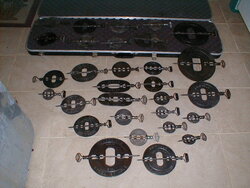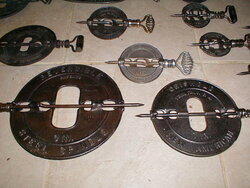Do any of you with old non EPA stoves run your pipe damper fully closed? This is my first year with my old Shenandoah and I have been struggling to get what I consider enough heat for the amount of wood I'm going through. So tonight while playing around with it in frustration I closed the pipe damper all the way and turned the thermostatic draft up to 3/4 ( I normally run the pipe damper 1/2 and the thermo at 1/2 to get exterior single wall pipe temps of around 450 to 550) closing the damper got my stove too temp up to 700 while maintaining about 450 on the pipe.
This is the first time I have used stove top temps. With my old setting my stove top was only running like 50-100 degrees hotter than the pipe.
So is running with the damper closed ok? Btw this stove has no baffles or anything in it, just a steel box with a pipe hooked too it.
This is the first time I have used stove top temps. With my old setting my stove top was only running like 50-100 degrees hotter than the pipe.
So is running with the damper closed ok? Btw this stove has no baffles or anything in it, just a steel box with a pipe hooked too it.




